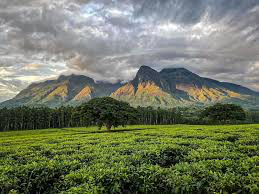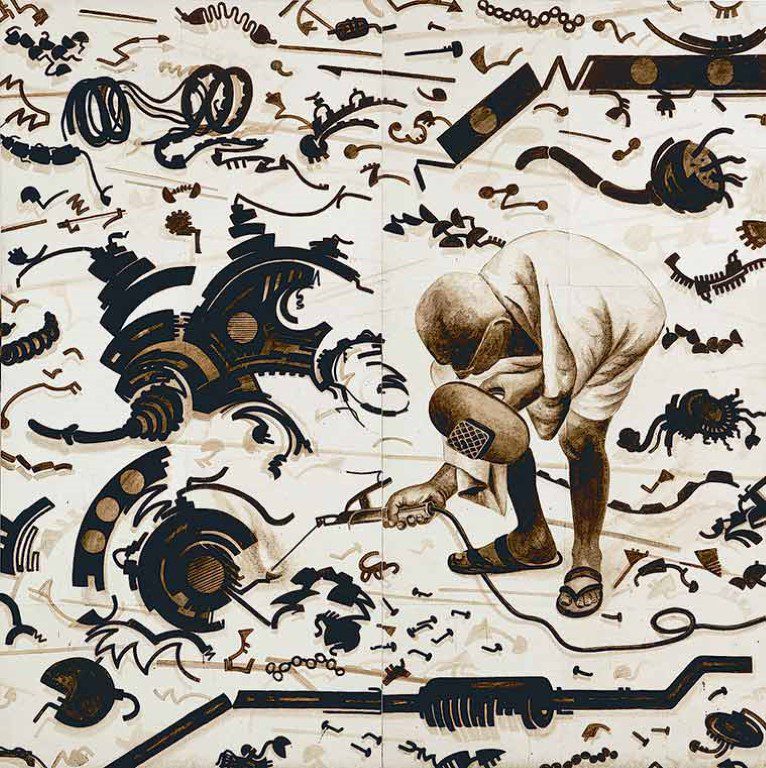During its annual World Heritage Committee meeting in Paris earlier this month, UNESCO announced the addition of 26 new sites to its prestigious World Heritage list. Of these, 21 are cultural sites, four are natural, and one is both cultural and natural. Notably, four of the new sites are located in Africa, and nearly a third of the total sites represent prehistoric heritage.
In addition to the new entries, UNESCO also removed three African sites from its World Heritage in Danger list: Egypt’s early Christian city of Abu Mena, the Old Town of Ghadamès in Libya, and Madagascar’s rainforests.
Among the expected additions was the group of palaces built by King Ludwig II of Bavaria, most famously Neuschwanstein Castle, which inspired many Disney fairytale settings. However, UNESCO highlighted African heritage this year.
“Making Africa a priority is not a symbolic gesture,” said UNESCO Director-General Audrey Azoulay. “It’s a concrete, daily, and long-term commitment, based on the principle that the continent must be recognized for its historical, cultural and natural significance.”
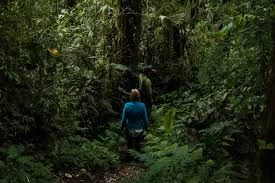
Two of the newly inscribed African sites are natural wonders: a pristine rainforest in Sierra Leone and an archipelago off the coast of Guinea-Bissau. This marks the first UNESCO entries for these countries. The other two are cultural sites. In Cameroon, the Diy-Gid-Biy region in the Mandara Mountains contains 16 archaeological sites spread across seven villages, believed to date from the 12th to 17th centuries. Meanwhile, in Malawi, Mount Mulanje has been recognized for its ongoing spiritual and cultural importance to the Yao, Mang’anja, and Lhomwe communities.
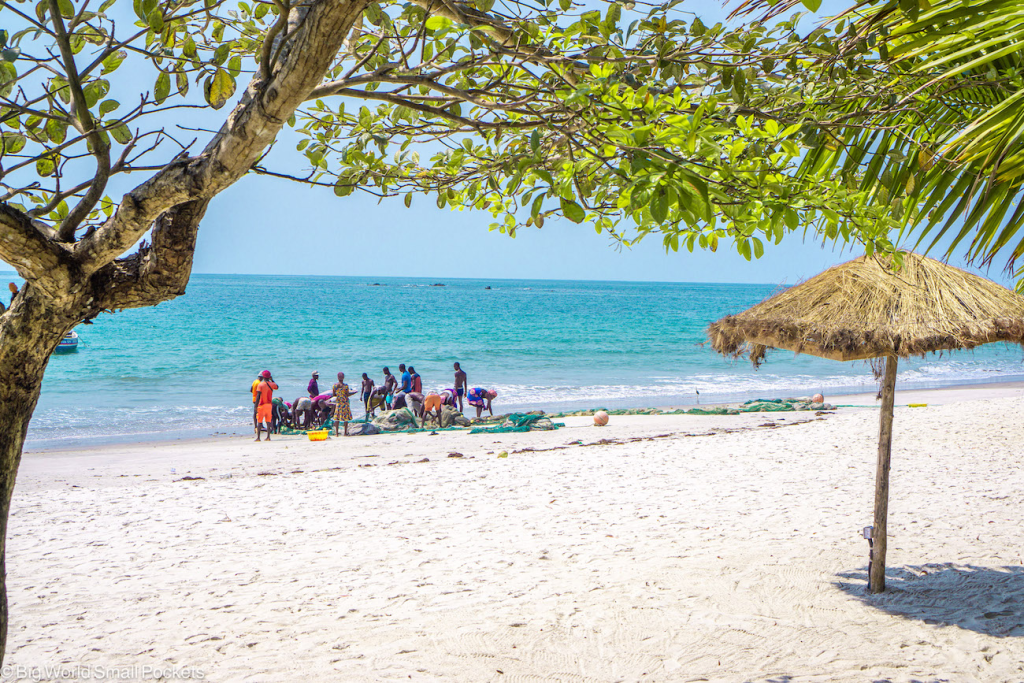
This year’s only mixed heritage site was North Korea’s Mount Kumgang, an area respected in Buddhism and known for inspiring centuries of art and poetry. Its ancient temples, stone carvings, and hermitages, some dating back to the fifth century, are still places of worship today.
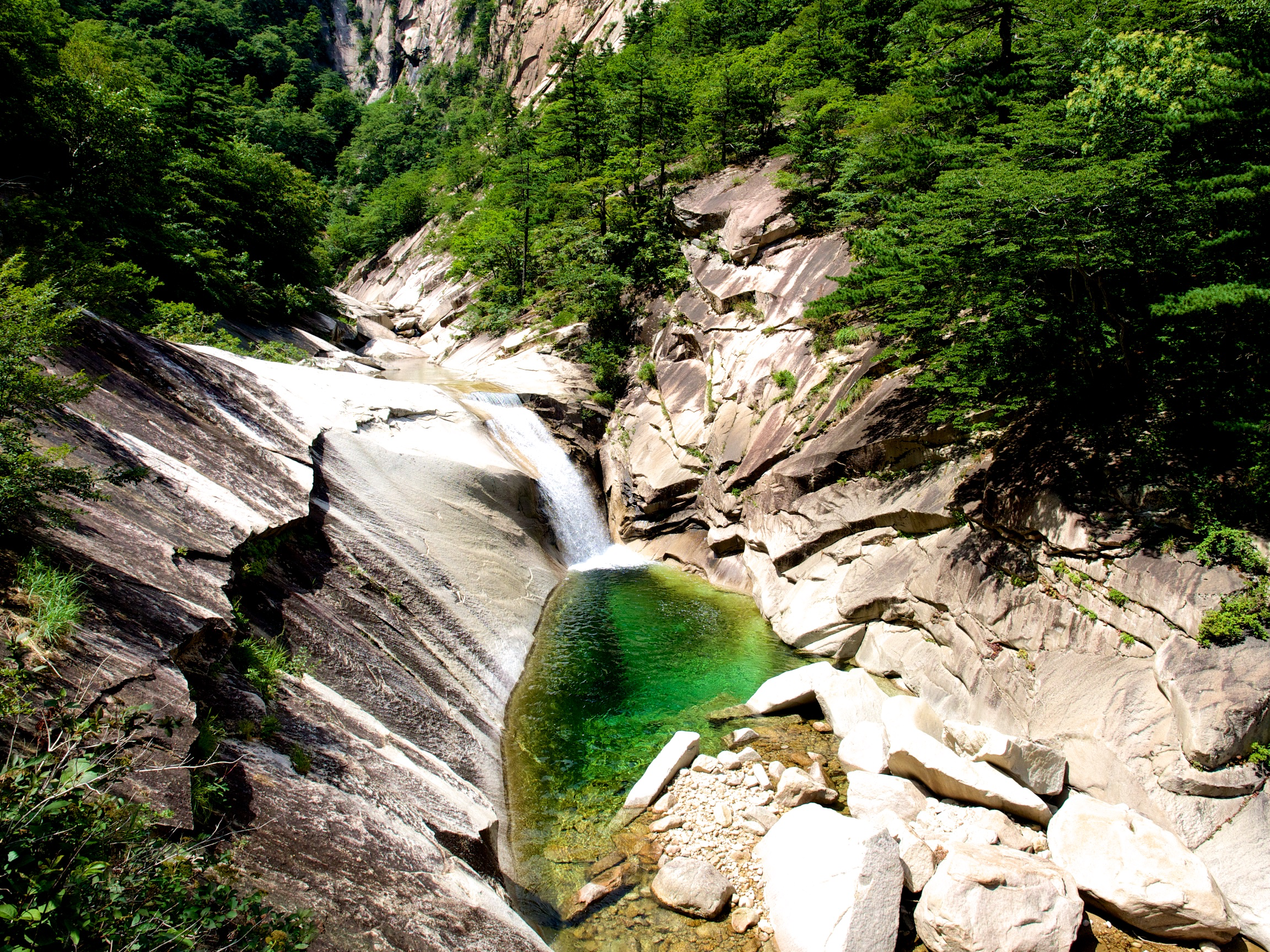
In Southeast Asia, UNESCO recognized three sites in Cambodia related to the Khmer Rouge regime. These include former prisons and execution grounds that have since become museums and memorials for the victims of the 1970s genocide, which took nearly a quarter of Cambodia’s population.
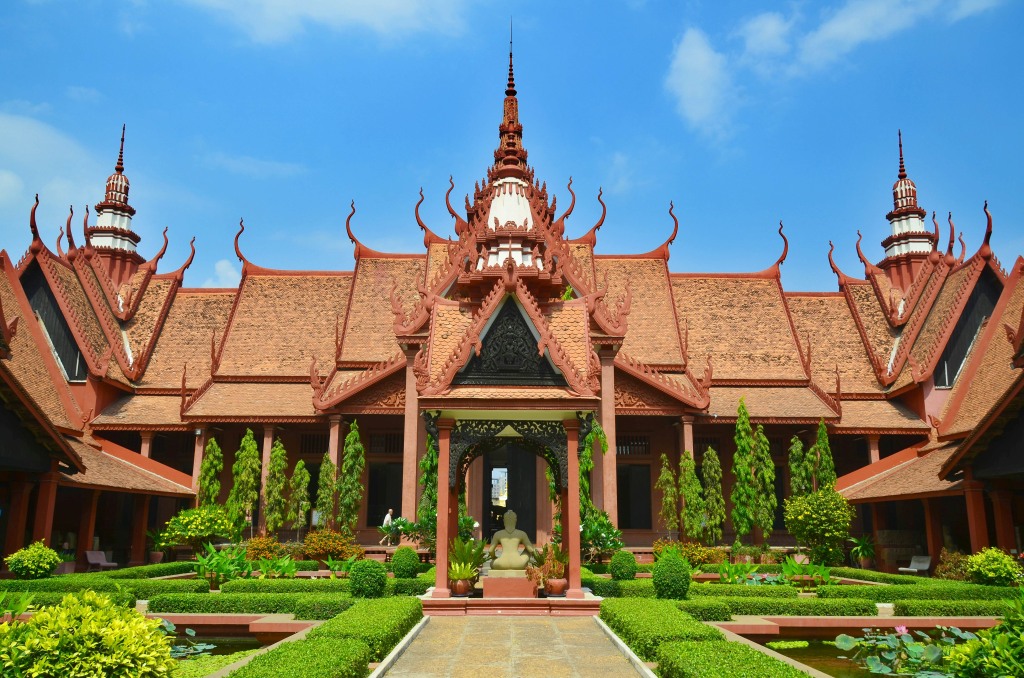
Australia’s Murujuga rock art in the northwest also received recognition. This large open-air gallery contains more than a million petroglyphs, some around 50,000 years old, including the earliest known depiction of a human face. The inscription comes amid controversy over nearby natural gas expansion, raising questions about whether UNESCO status will protect the fragile site.
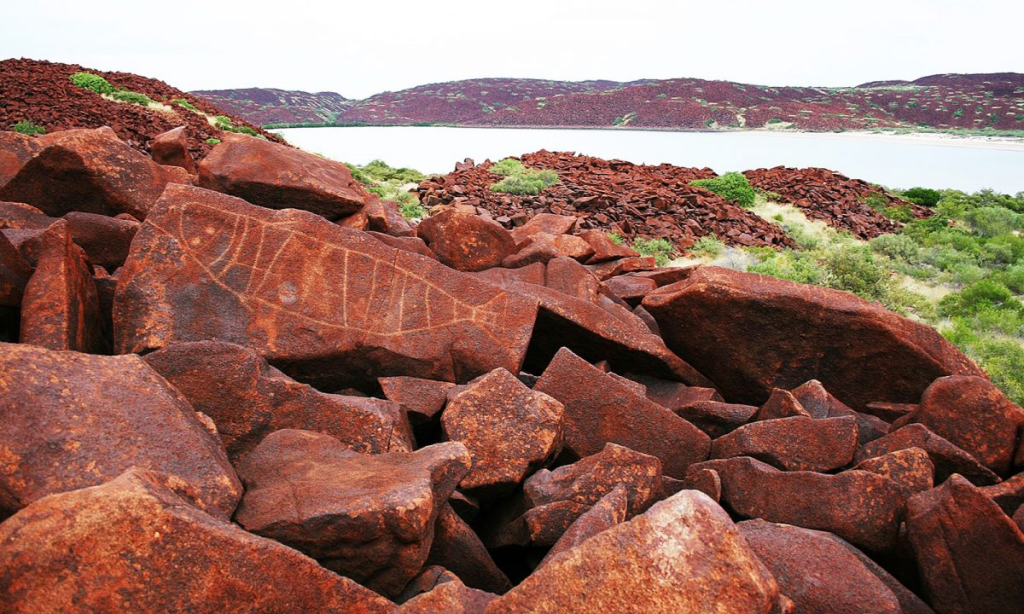
UNESCO also reaffirmed its commitment to protecting three World Heritage sites in Palestine: the Old City of Jerusalem, the Old City of Hebron, and the cultural landscape of Southern Jerusalem.
Featuring Image Courtesy: Malawian Style
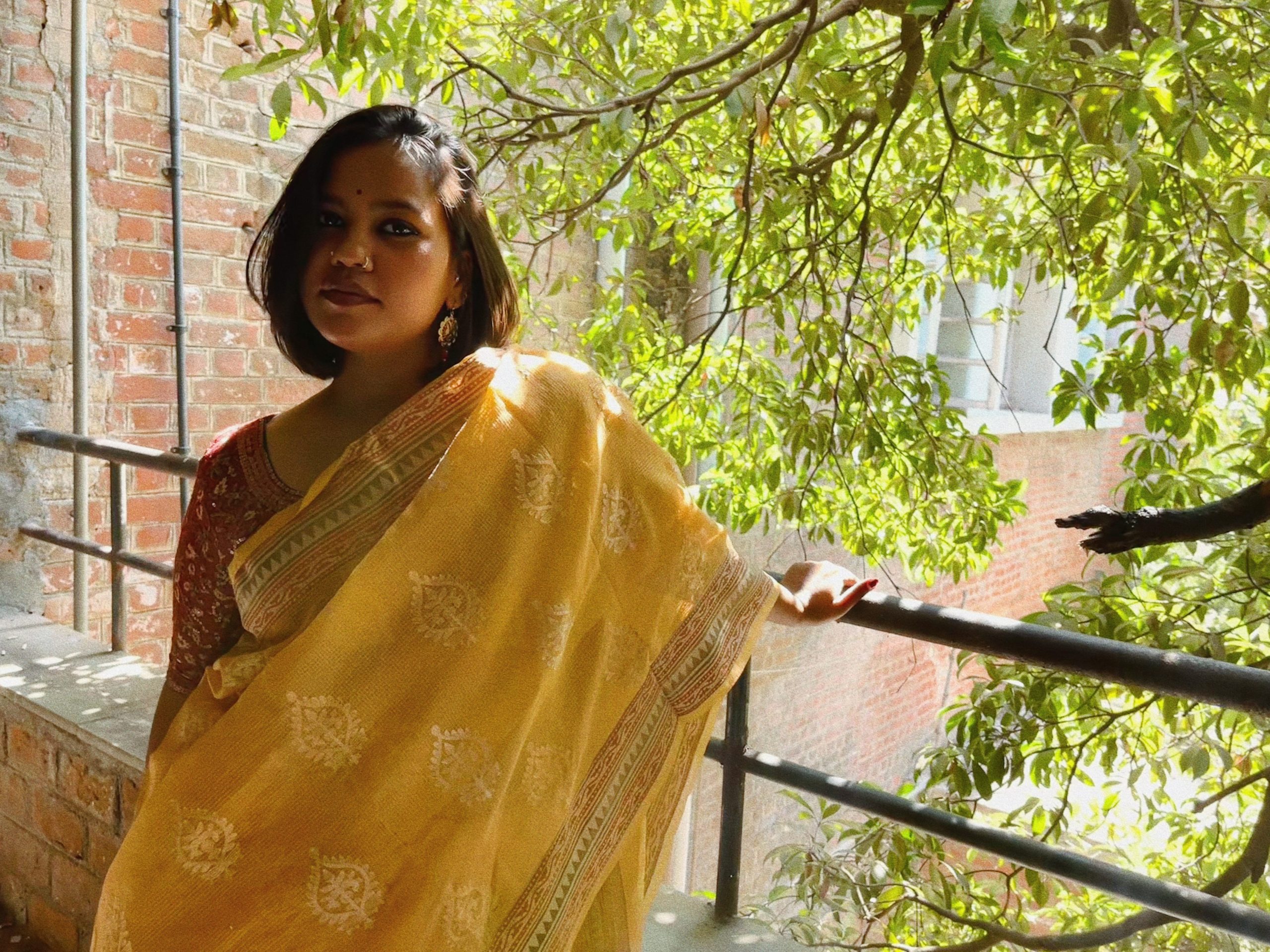
Minerva is a visual artist and currently serves as a sub editor at Abir Pothi.

